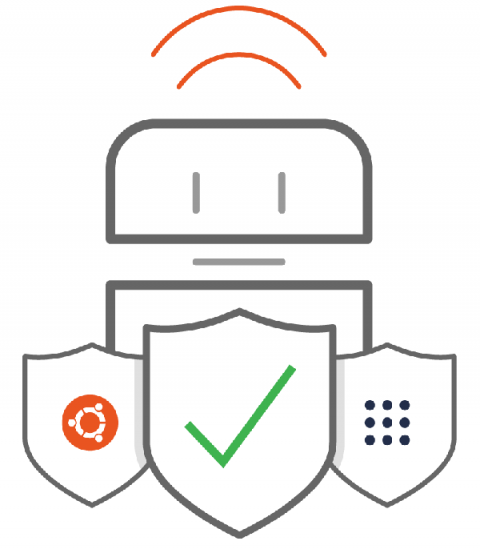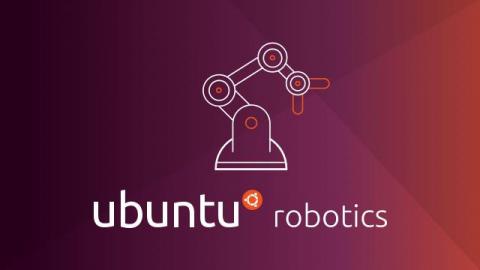Autonomous mobile robots (AMR) - a beginner's guide to adoption
The process of automation with autonomous mobile robots (AMR) is challenging. Is not only about the budget for companies looking to automate. It also requires a deep understanding of your processes, from material handling to end product. Automation taps into having a broader sense of where you are and where you want to be.





